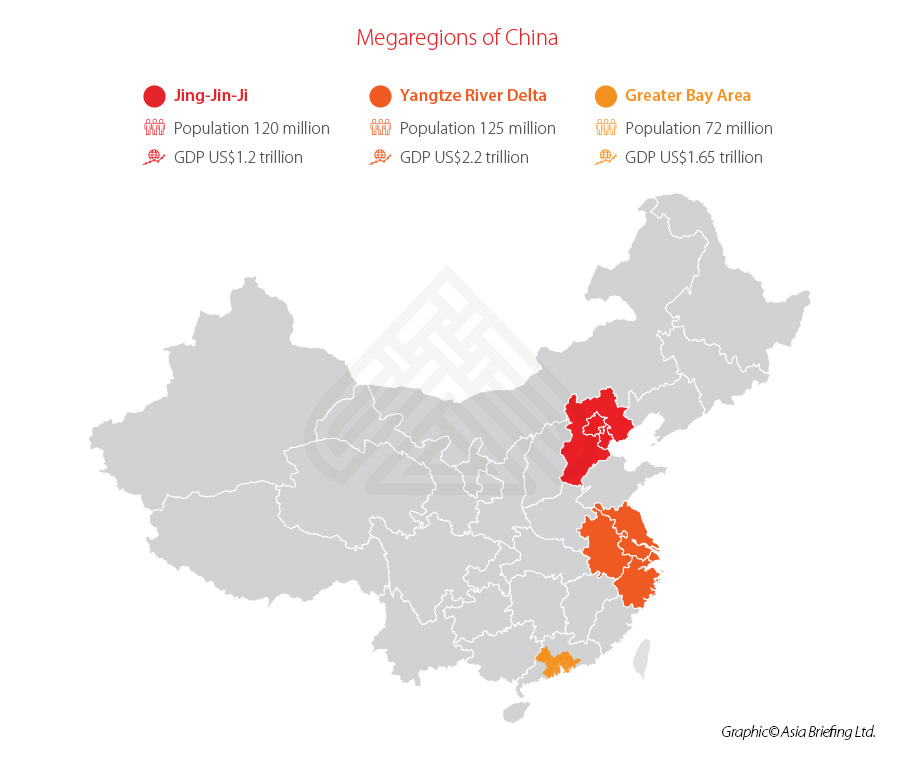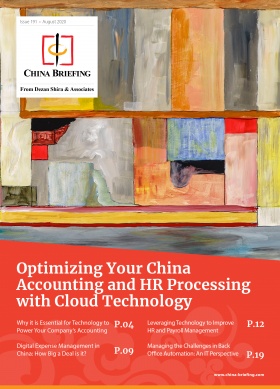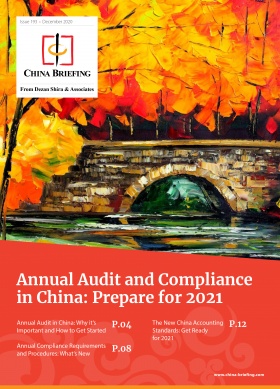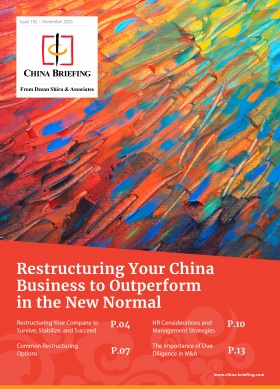China to Undertake Massive 10,000 km Domestic Rail Network Expansion to Link Key City Clusters
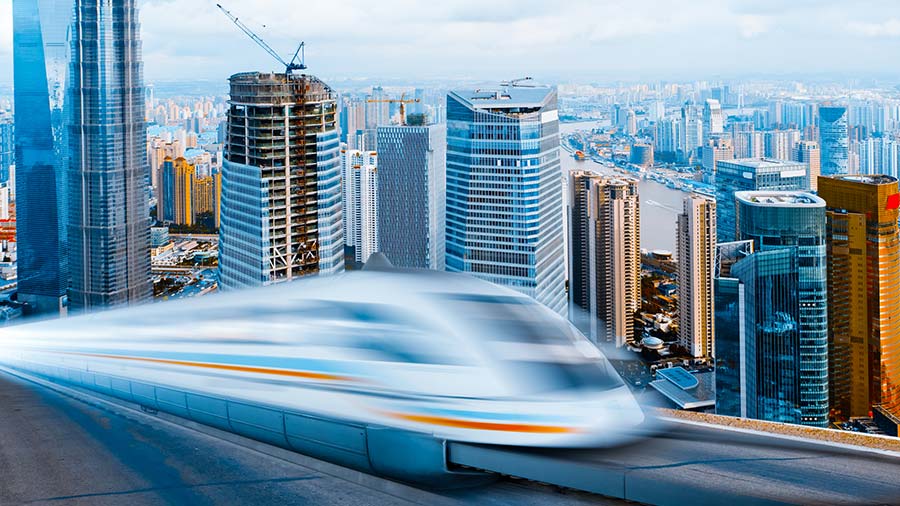
Op/Ed By Chris Devonshire-Ellis
- National infrastructure development project to take five years
- Greater inter-connectivity between Pearl River Delta, Yangtze River Delta, and Beijing-Tianjin-Hebei cluster
- Opportunities for procurement and later, commuter services
China is reportedly planning to construct around 10,000 km of intercity, urban and suburban railway lines in the next five years to connect key city clusters in the country – the Greater Bay Area, Yangtze River Delta (YRD), and the Beijing-Tianjin-Hebei cluster. The state planning body, the National Development and Reform Commission (NDRC), made an announcement regarding this on Friday – see official link here. The NDRC said that around 6,000 km of the planned railway network will be built over the next three years.
China’s rail expansion is part of the government’s efforts at coordinated regional development, which is key to the 14th Five-Year Plan (2021-2025) goals. At present, the country already boasts of having the second largest rail network in the world, and it will expand this network by one-third in the next decade and a half as part of a long-term plan to increase urbanization and stimulate local economies. China aims to have about 200,000 km of railway tracks by the end of 2035, including about 70,000 km of high-speed railway, according to the plan issued by state-owned China State Railway Group earlier this year, in August.
Key clusters to be linked through railway expansion
Greater Bay Area
The Greater Bay Area includes the special administrative regions of Hong Kong and Macao, in addition to nine major cities in China’s southern Guangdong province: Guangzhou, Shenzhen, Zhuhai, Dongguan, Foshan, Zhongshan, Jiangmen, Huizhou, and Zhaoqing.
The Greater Bay Area is the fifth largest bay area in the world, comparable with the bay areas of London, New York, San Francisco, and Tokyo. It has a total population of about 72 million (five percent of China’s total population). Surrounding the Pearl River Delta with a total area of 56,000 sq km (the same size as Croatia), it is the largest and richest economic region in South China, with a regional GDP of US$1.65 trillion, equivalent to 12 percent of the GDP for the whole of mainland China. It would rank as 12th biggest economy in the world if it were a separate country.
See also: China’s Greater Bay Area: Looking Beyond its Flagship Cities
Yangtze River Delta
The Yangtze River Delta is a triangle-shaped megalopolis comprising Shanghai, southern Jiangsu province, and northern Zhejiang province and includes the key regional cities of Hefei, Nanjing, Suzhou, Hangzhou, Shaoxing, Ningbo, and Zhoushan. In 2019, the Yangtze River Delta GDP was about US$2.2 trillion, comparable with Italy. It covers an area of 99,600 sq km with a total population of over 125 million people – of which an estimated 95 million are urban. With about 1/10 of China’s total population and contributing to 20 percent of the country’s GDP, the YRD is one of the fastest growing and richest regions in East Asia.
See also: The Yangtze River Delta – Integration Opportunities for Businesses in China
Beijing-Tianjin-Hebei region
Also known as the Jing-Jin-Ji cluster or the Capital Economic Zone, the Beijing-Tianjin-Hebei region
is the largest urbanized megalopolis region in North China. It includes the economic region surrounding Beijing and Tianjin, along the Bohai Sea Coast. The northern metropolitan region is steadily rising to be an economic rival to the Pearl River and Yangtze River Deltas, with a total population of about 120 million people. In 2019, the Beijing-Tianjin-Hebei GDP hit US$1.2 trillion, about eight percent of China’s total, and about the same as Mexico. It occupies an area about twice the size of South Korea.
See also: The Beijing-Tianjin-Hebei Integration Plan
Opportunities for foreign investors
The plans to upgrade and provide better integration among and between these regions will increase the pace of China’s urbanization, while sustaining and fueling regional and national growth and development. There will be opportunities for foreign investors, both in terms of procurement of required equipment and supplies and also in the provision of the services that commuters using the new railway build will require. We discussed how China’s new Foreign Investment Law, which came into effect this year, assists foreign companies interested in China procurement in this article here.
Dezan Shira & Associates has several offices assisting foreign investors in each of these regions, and can provide market intelligence, as well as business advisory concerning establishing a business in any of these areas. Please contact us at china@dezshira.com.
Related Resources
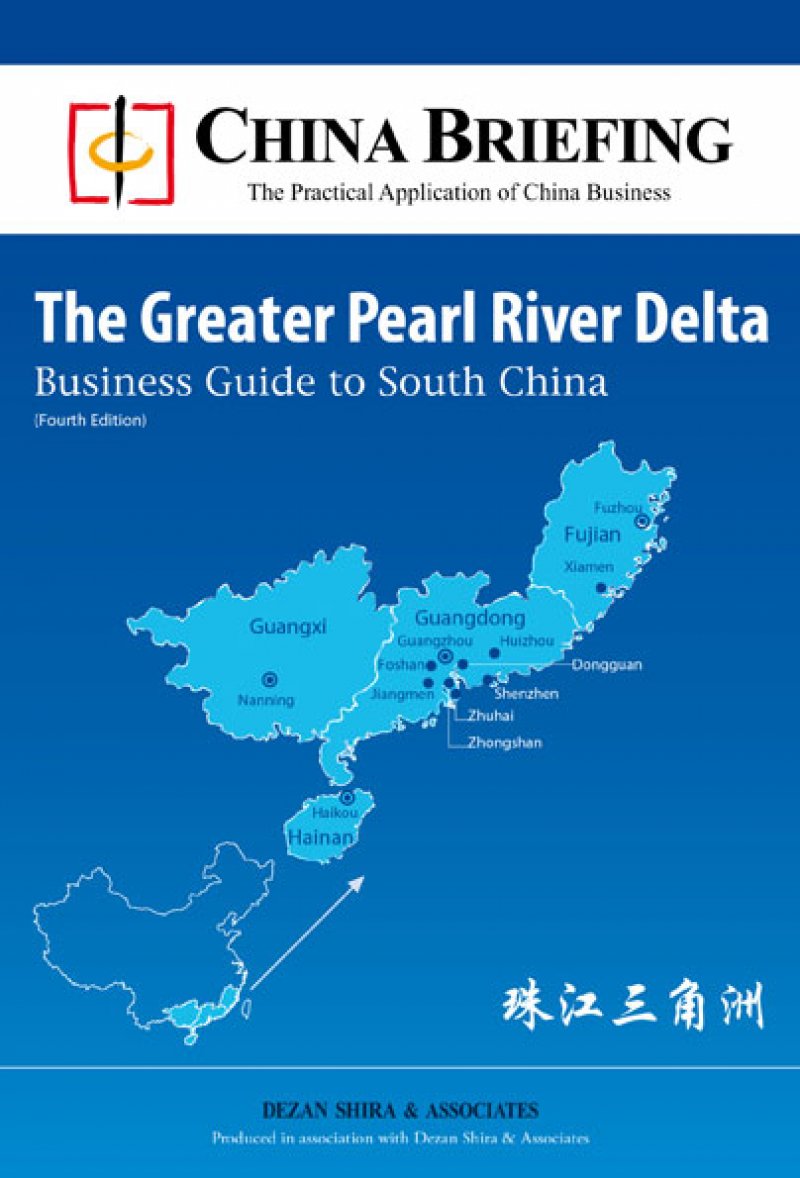 Business Guide to South China & the Pearl River Delta
Business Guide to South China & the Pearl River Delta
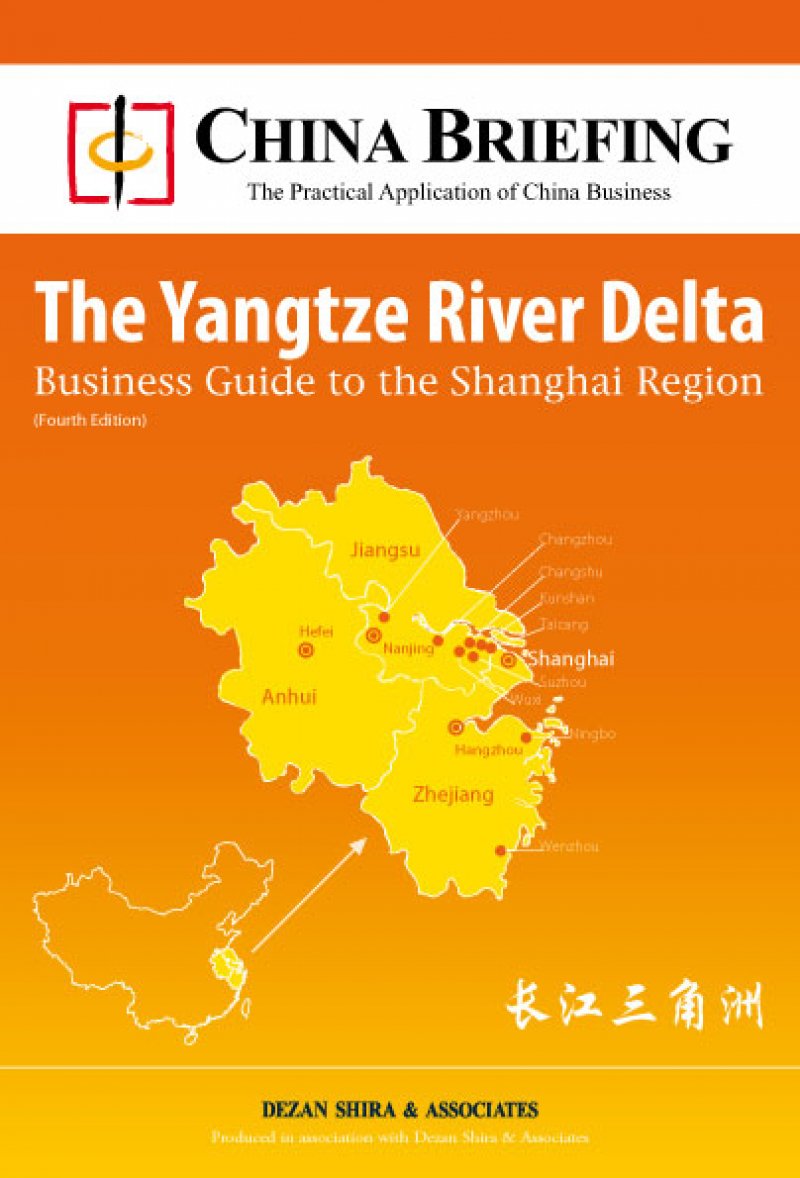 Business Guide to Shanghai & the Yangtze River Delta (Fourth Edition)
Business Guide to Shanghai & the Yangtze River Delta (Fourth Edition)
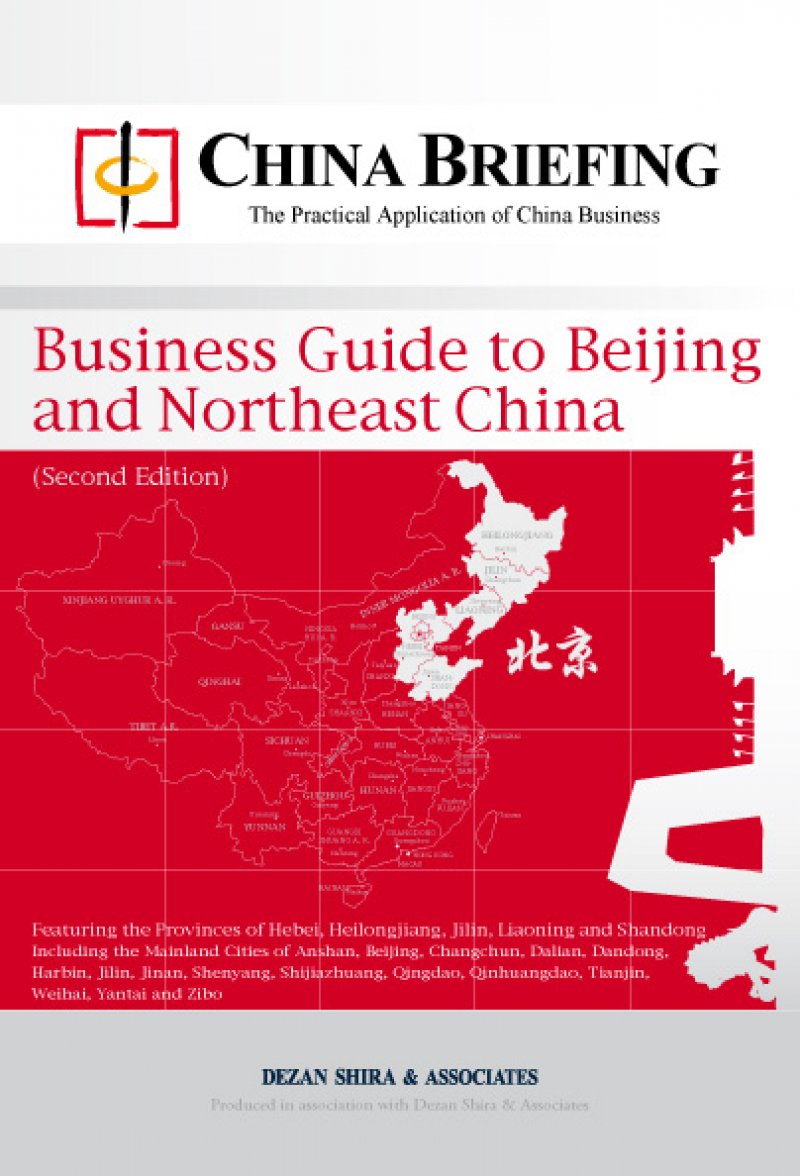 Business Guide to Beijing and Northeast China (Second Edition)
Business Guide to Beijing and Northeast China (Second Edition)
About Us
China Briefing is written and produced by Dezan Shira & Associates. The practice assists foreign investors into China and has done so since 1992 through offices in Beijing, Tianjin, Dalian, Qingdao, Shanghai, Hangzhou, Ningbo, Suzhou, Guangzhou, Dongguan, Zhongshan, Shenzhen, and Hong Kong. Please contact the firm for assistance in China at china@dezshira.com.
We also maintain offices assisting foreign investors in Vietnam, Indonesia, Singapore, The Philippines, Malaysia, Thailand, United States, and Italy, in addition to our practices in India and Russia and our trade research facilities along the Belt & Road Initiative.
- Previous Article Sfruttare le nuove opportunità dell’agroalimentare nel mercato cinese
- Next Article Shanghai Pudong New Area Pilots “One Integrated License”




















